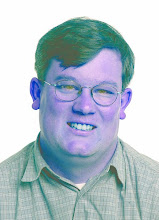Adam Greenberg's only major league pitch faced
Adam Greenberg dug into the batter’s box, stared out at left-hander Valerio de los Santos and got into his stance.
De los Santos delivered the pitch, and … Greenberg rapped a base hit, his second of the night.
Not the outcome you were expecting? Well, it’s a real one.
While Greenberg will forever be remembered as the guy who was hit in the head by the first and only pitch he ever saw as a major leaguer — a pitch delivered by de los Santos in 2005 — the above-mentioned sequence did happen in April 2011 when Greenberg was a member of the Bridgeport Bluefish in a game against de los Santos and the Long Island Ducks.
The hit provided a certain amount of closure for Greenberg, a three-sport star at Guilford High who went on to the University of North Carolina.
“I’m way more at peace with everything now,” Greenberg said. “Even though it was an independent league game … we could have been playing on a Little League field, it didn’t matter. I faced the guy who hit me, six years later, in a random situation and got a hit off him. That was the greatest experience and hit of my career.”
As the well-chronicled story goes, Greenberg had just received a surprise call-up from Double-A West Tennessee in mid-July 2005. Before he knew it, he was facing de los Santos on a warm night in Miami.
Then came the ill-fated, wayward fastball that hit Greenberg in the head, knocking him to the ground, out of the game and, to this point, out of the major leagues. He suffered terrible headaches and a bout with vertigo in the ensuing weeks, months and years.
Read Dave Borges' complete story.
Labels: 2005, Adam Greenberg, Baseball, Guilford
 RSS
RSS

